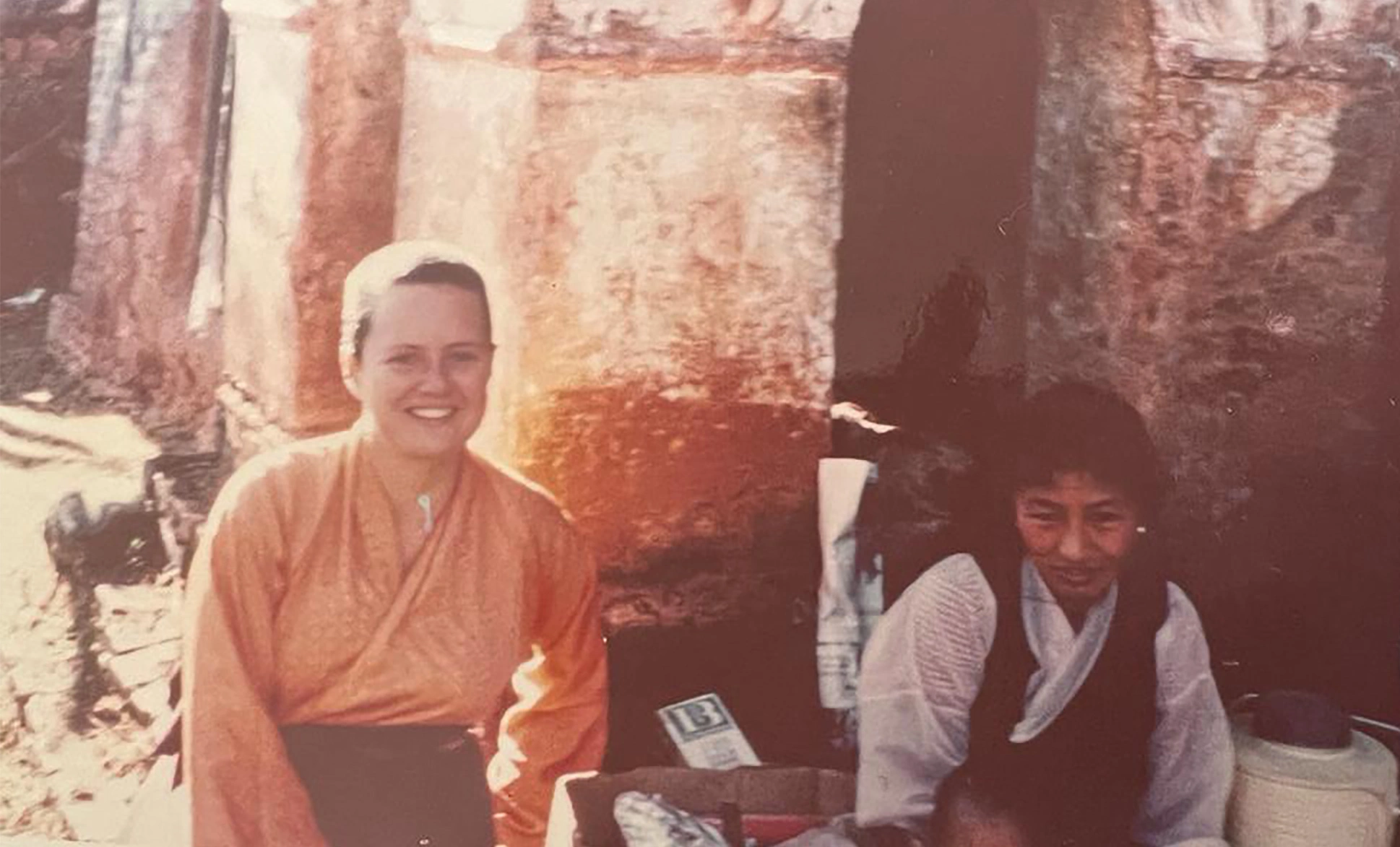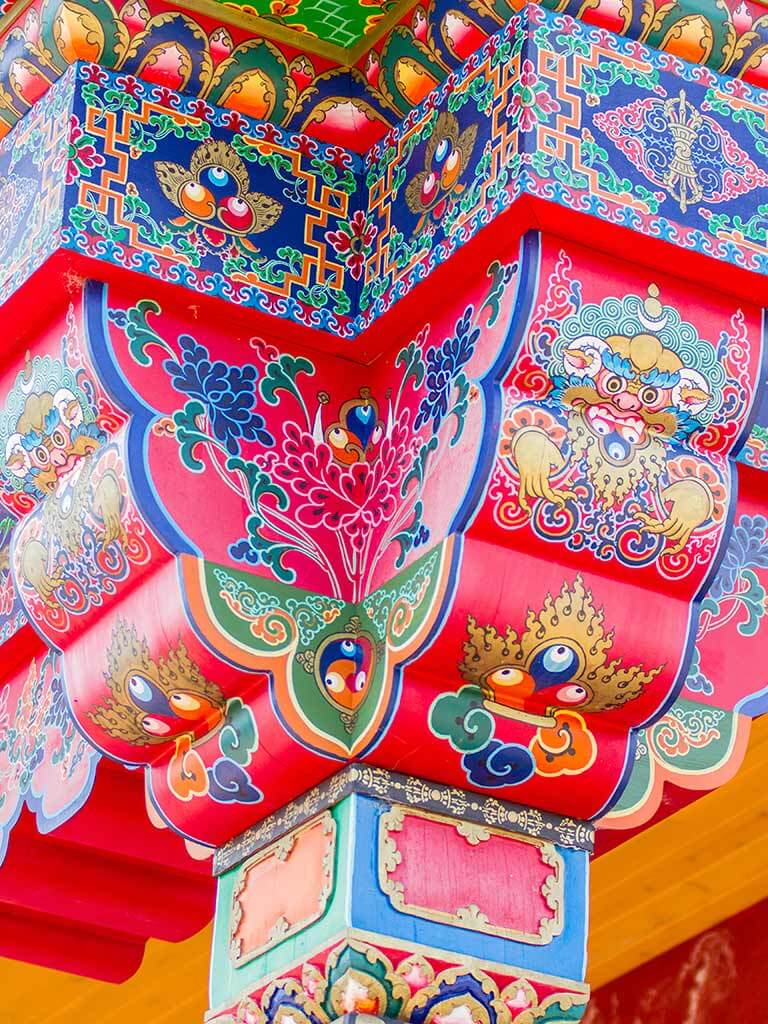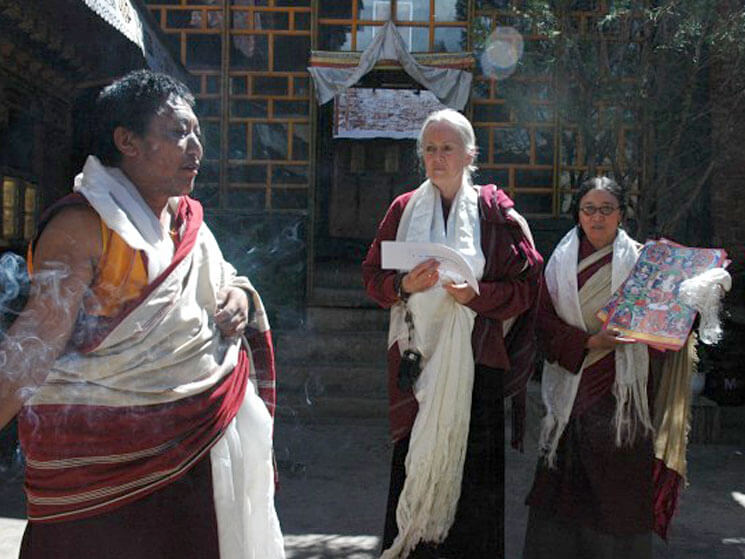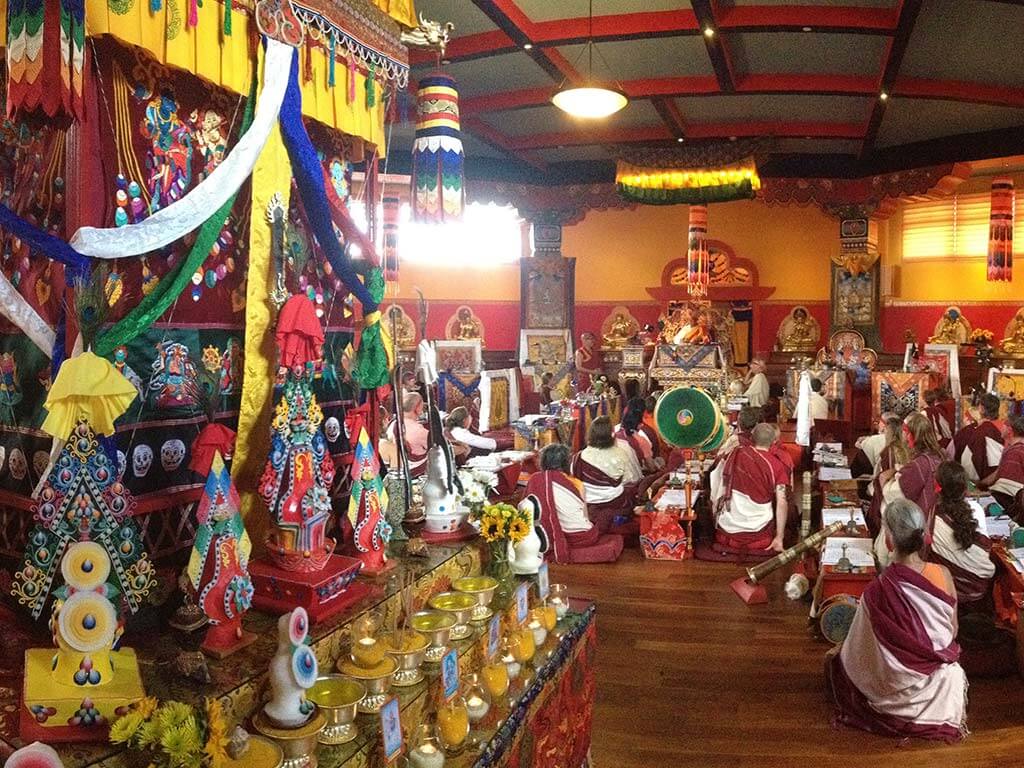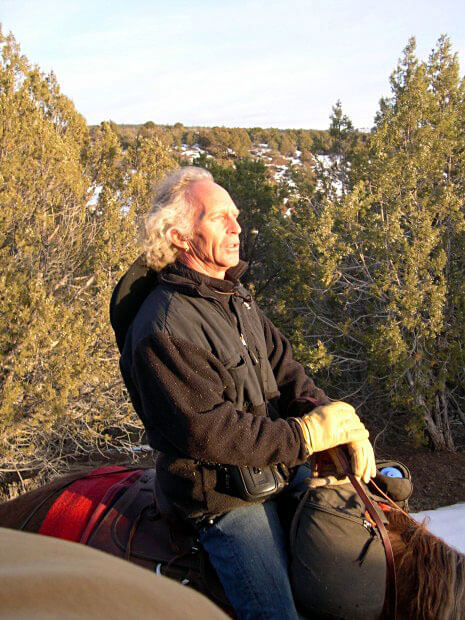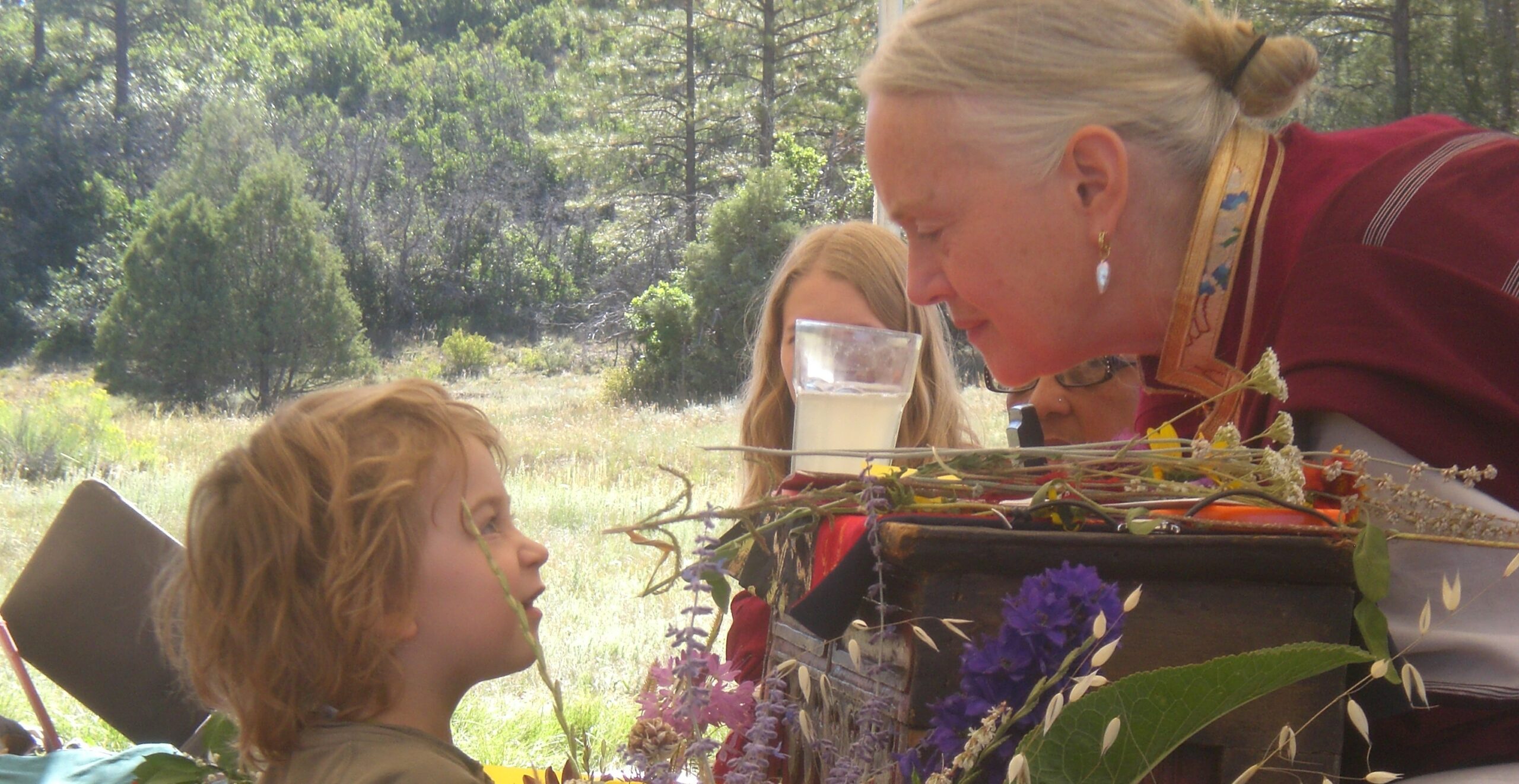 On Vashon Island, Lama Tsultrim and her husband began to study with the great, all-knowing, Dezhung Rinpoche. It was during this period that she gave birth to her two daughters Sherab (1974) and Aloka (1975). The family then moved to Boulder to study with Trungpa Rinpoche. Here she separated from her husband and became one of the first meditation instructors trained by Trungpa Rinpoche. She began to teach at Naropa Institute (now Naropa University) and worked for Trungpa Rinpoche’s organization, at that time called, Vajradhatu (now Shambhala International). She was in the first group to receive the Vajra Varahi Empowerment from Trungpa Rinpoche and was also asked to become a Vajrayana Meditation instructor.
On Vashon Island, Lama Tsultrim and her husband began to study with the great, all-knowing, Dezhung Rinpoche. It was during this period that she gave birth to her two daughters Sherab (1974) and Aloka (1975). The family then moved to Boulder to study with Trungpa Rinpoche. Here she separated from her husband and became one of the first meditation instructors trained by Trungpa Rinpoche. She began to teach at Naropa Institute (now Naropa University) and worked for Trungpa Rinpoche’s organization, at that time called, Vajradhatu (now Shambhala International). She was in the first group to receive the Vajra Varahi Empowerment from Trungpa Rinpoche and was also asked to become a Vajrayana Meditation instructor.
In 1978, while working at Naropa, Lama Tsultrim met Italian documentary filmmaker, Costanzo Allione, who became her second husband. She moved to Italy with her two daughters, where she met Chögyal Namkhai Norbu Rinpoche with whom she studied and practiced Dzogchen teachings for the next eighteen years. In 1980, she gave birth to twins: a boy, Costanzo, and a girl, Chiara. When they were two and a half months old, Chiara died of Sudden Infant Death Syndrome.
Chiara’s passing triggered a need to find the life stories of women teachers from the Buddhist tradition, and so Lama Tsultrim began research for her first book, Women of Wisdom. This groundbreaking book on the lives of great Tibetan women practitioners was published in 1984. Lama Tsultrim earned her Master’s degree in Buddhist Studies/Women’s Studies from Antioch University. After leaving her Italian husband in 1986, she moved back to the United States and began teaching widely, under Chögyal Namkhai Norbu Rinpoche. She met her third husband David Petit in 1988. David taught dance and theater at the Waldorf School in Spring Valley, NY that her children attended. This marriage proved to be a true partnership on every level and until David’s sudden death in 2010.
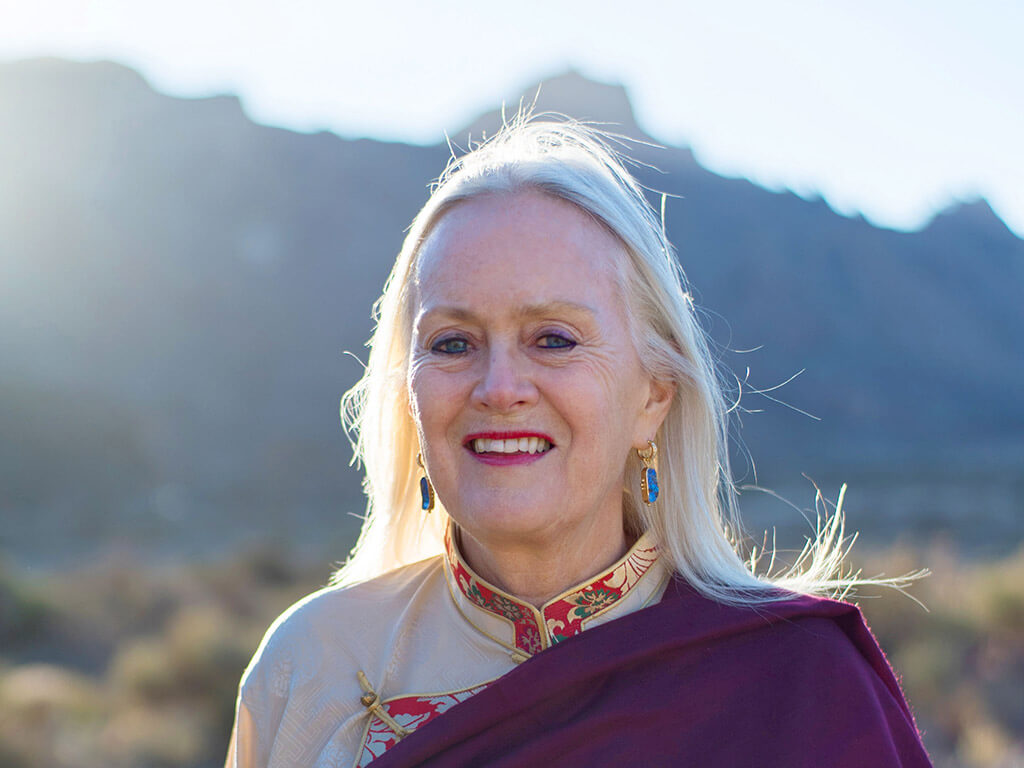
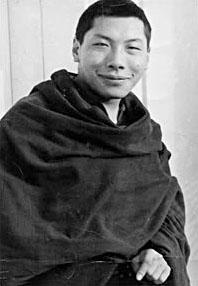 Study and Practice
Study and Practice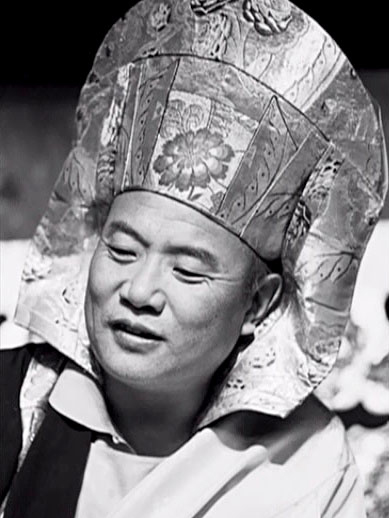
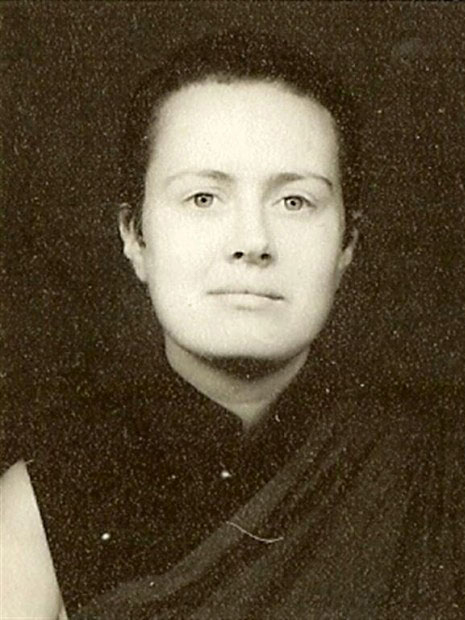
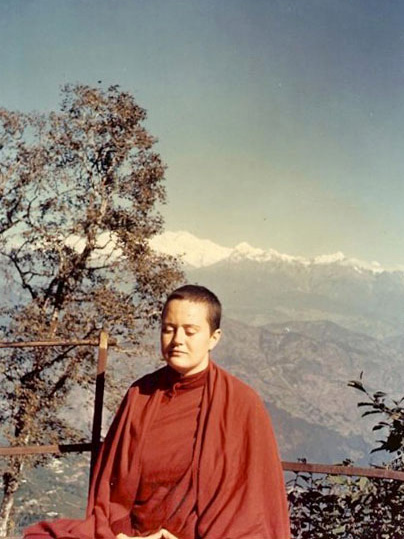 On Vashon Island, Lama Tsultrim and her husband began to study with the great, all-knowing, Dezhung Rinpoche. It was during this period that she gave birth to her two daughters Sherab (1974) and Aloka (1975). The family then moved to Boulder to study with Trungpa Rinpoche. Here she separated from her husband and became one of the first meditation instructors trained by Trungpa Rinpoche. She began to teach at Naropa Institute (now Naropa University) and worked for Trungpa Rinpoche’s organization, at that time called, Vajradhatu (now Shambhala International). She was in the first group to receive the Vajra Varahi Empowerment from Trungpa Rinpoche and was also asked to become a Vajrayana Meditation instructor.
On Vashon Island, Lama Tsultrim and her husband began to study with the great, all-knowing, Dezhung Rinpoche. It was during this period that she gave birth to her two daughters Sherab (1974) and Aloka (1975). The family then moved to Boulder to study with Trungpa Rinpoche. Here she separated from her husband and became one of the first meditation instructors trained by Trungpa Rinpoche. She began to teach at Naropa Institute (now Naropa University) and worked for Trungpa Rinpoche’s organization, at that time called, Vajradhatu (now Shambhala International). She was in the first group to receive the Vajra Varahi Empowerment from Trungpa Rinpoche and was also asked to become a Vajrayana Meditation instructor.